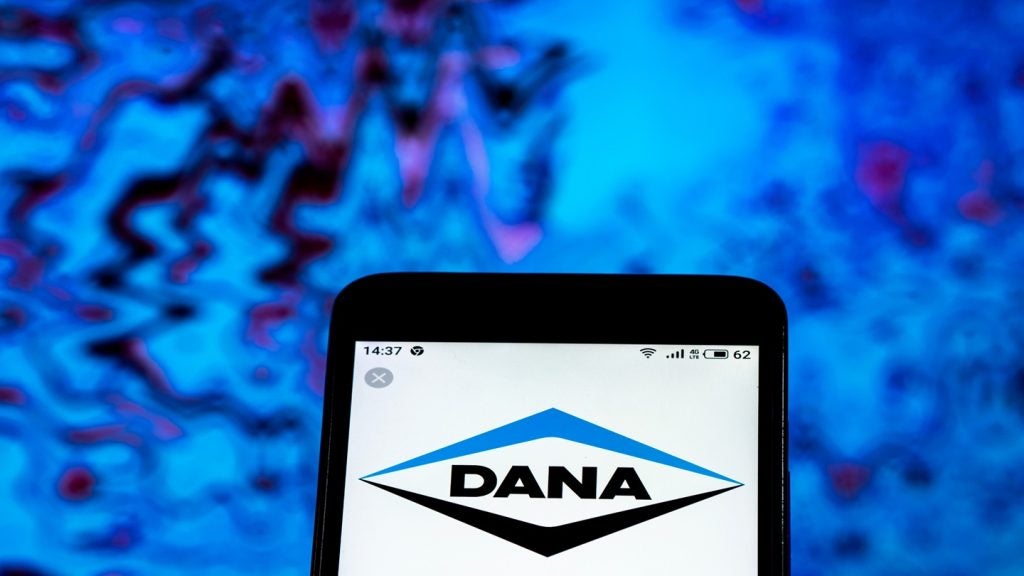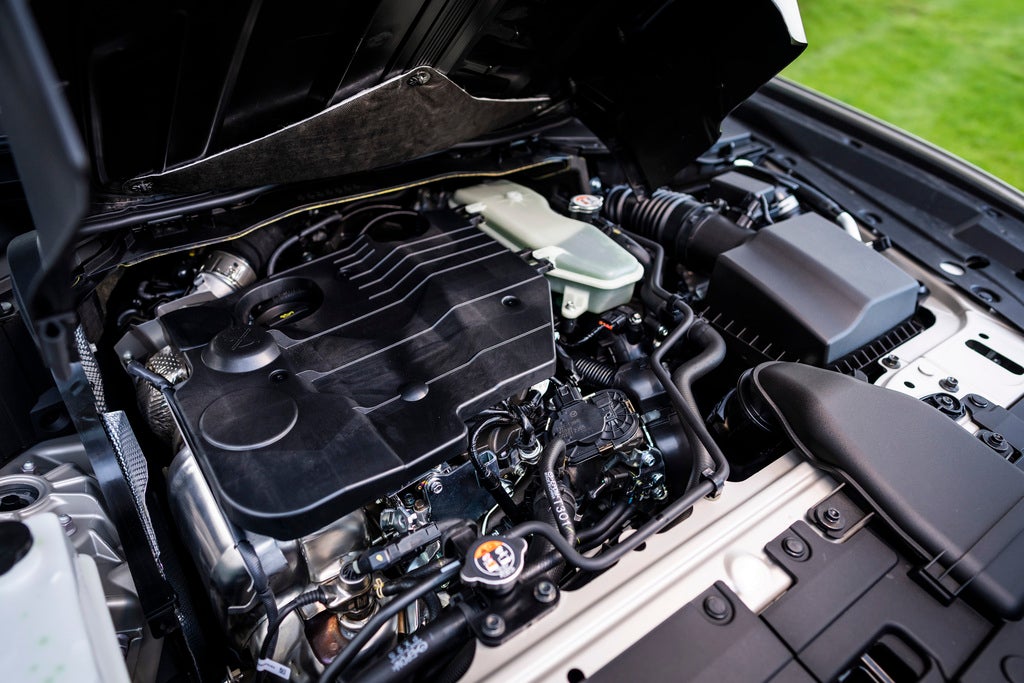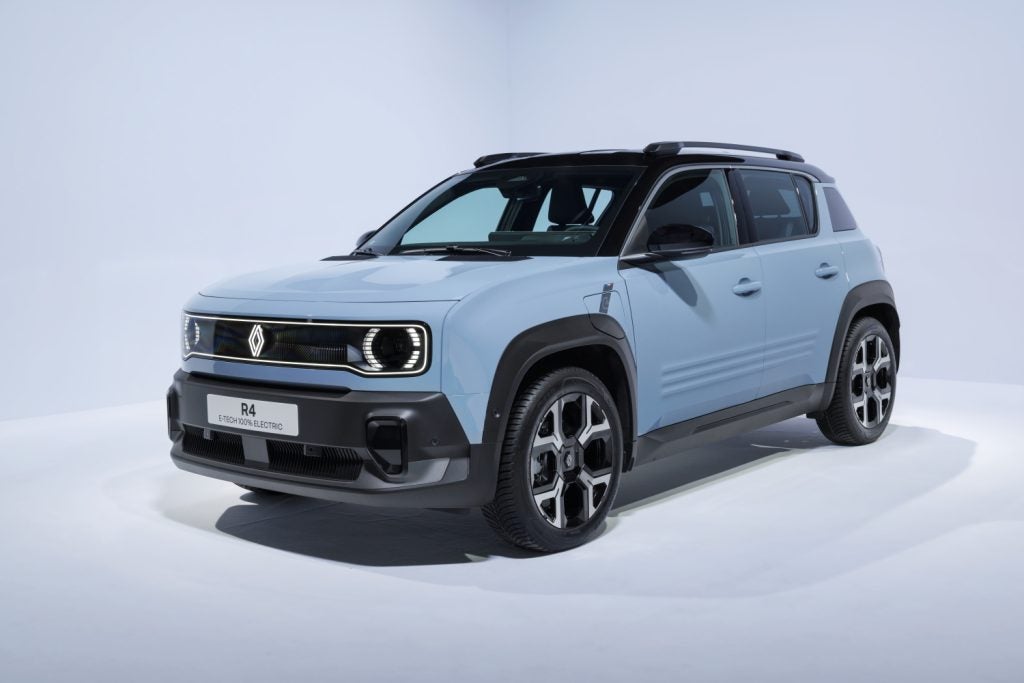May new car sales in New Zealand hit another seasonal high in May, with 5,025 registrations for the month, writes Dave Moore.
This was a 12.5% increase over May 2001 and the first time 5,000 registrations had been exceeded in the month of May since 1996.
“We believe that a significant recovery in the new car market is under way”, said New Zealand Motor Industry Association (MIA) chief executive officer Perry Kerr.
“Driven by the long-term price reductions arising from the 1998 abolition of tariffs, depreciation is no longer the barrier it was, and we are seeing a return of private buyers to the new car market.”
The increase in new car sales did not come at the expense of used car imports, either.
How well do you really know your competitors?
Access the most comprehensive Company Profiles on the market, powered by GlobalData. Save hours of research. Gain competitive edge.

Thank you!
Your download email will arrive shortly
Not ready to buy yet? Download a free sample
We are confident about the unique quality of our Company Profiles. However, we want you to make the most beneficial decision for your business, so we offer a free sample that you can download by submitting the below form
By GlobalData“According to figures released by the Department of Customs, imports of used cars in May reached a near-record 12,697 units”, Kerr said.
“Claims that the frontal impact rules would adversely affect the used import trade have proved to be very wide of the mark.”
Fears that New Zealand’s used car importers would be forced out of business by new frontal impact rules have proved to be completely groundless.
The first inklings that this was the case were the near-record 11,929 used cars imported in April, the first month after the new standard came into effect.
When the requirement for New Zealand-bound imported used cars to meet new crash safety regulations was first mooted – these were phased in for new cars in Japan during 1994-96 – there was an immediate outcry from used car importers, which continued throughout the implementation process.
Claims ranged from the “impossibility” of sourcing compliant cars in Japan that could be profitably sold in New Zealand to the “intransigence” of the new car distributors in providing a database on compliant cars.
“In actual fact,” said Kerr, whose MIA represents new car distributors, “I want to praise the used importers for their ability to work successfully with the Land Transport Safety Authority’s (LTSA) website to identify compliant vehicles, despite the Imported Vehicle Dealers’ Association’s (IMVDA) howls of concern.
“The negative claims of some who purport to represent the used importers have been comprehensively rebuffed by the ability of the importers to clear such a huge number of cars across the wharves in April, despite the new rules,” Kerr added.
“This is a clear endorsement of transport minister Gosche’s safety initiative and proves that the importers have been able to source safety-compliant vehicles with no impact on their overall volume, and clearly demonstrates that they have been able to more than successfully adapt to the new safety regime,” Kerr said.
The MIA has long held the view that the new safety initiative would be a major step towards reducing deaths on the roads.
“The April data confirms our view that we can reap the safety benefit without affecting the viability of the used import trade,” Kerr said.
He said that the figures also contradict the LTSA’s economic analysis that used imports would reduce by 53,200 in 2002. In contrast, it looks as if the used importers are gearing up for another record year.







